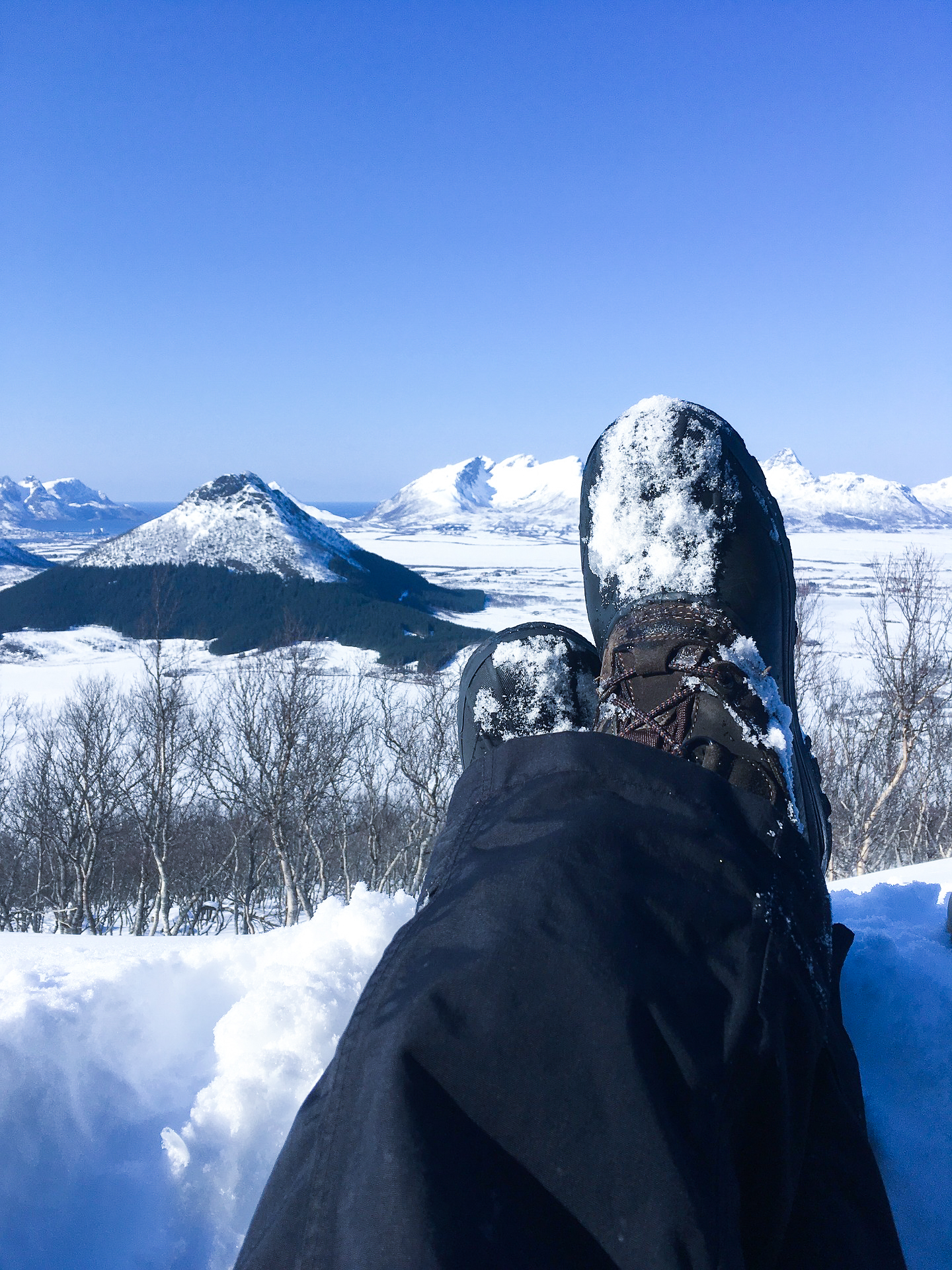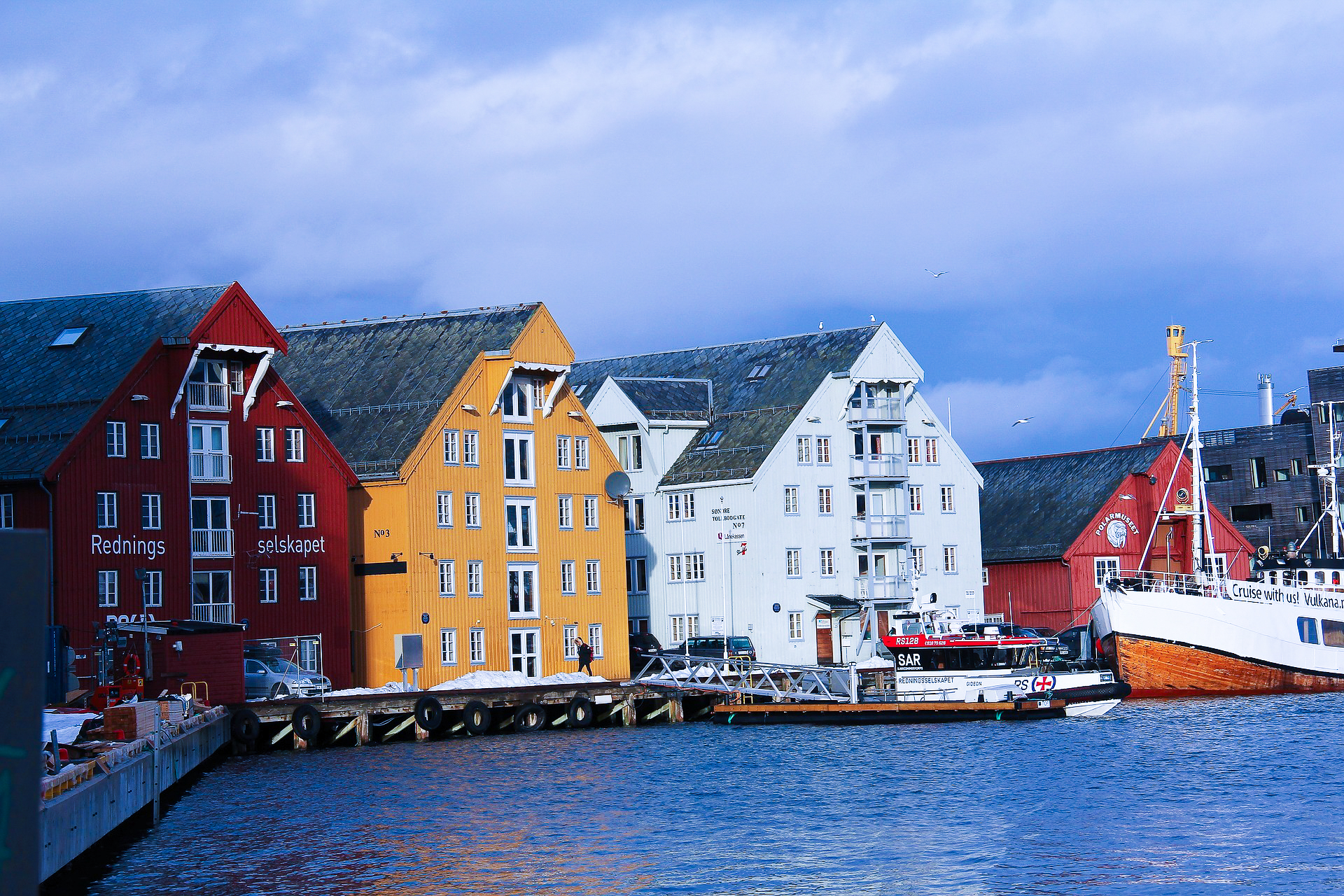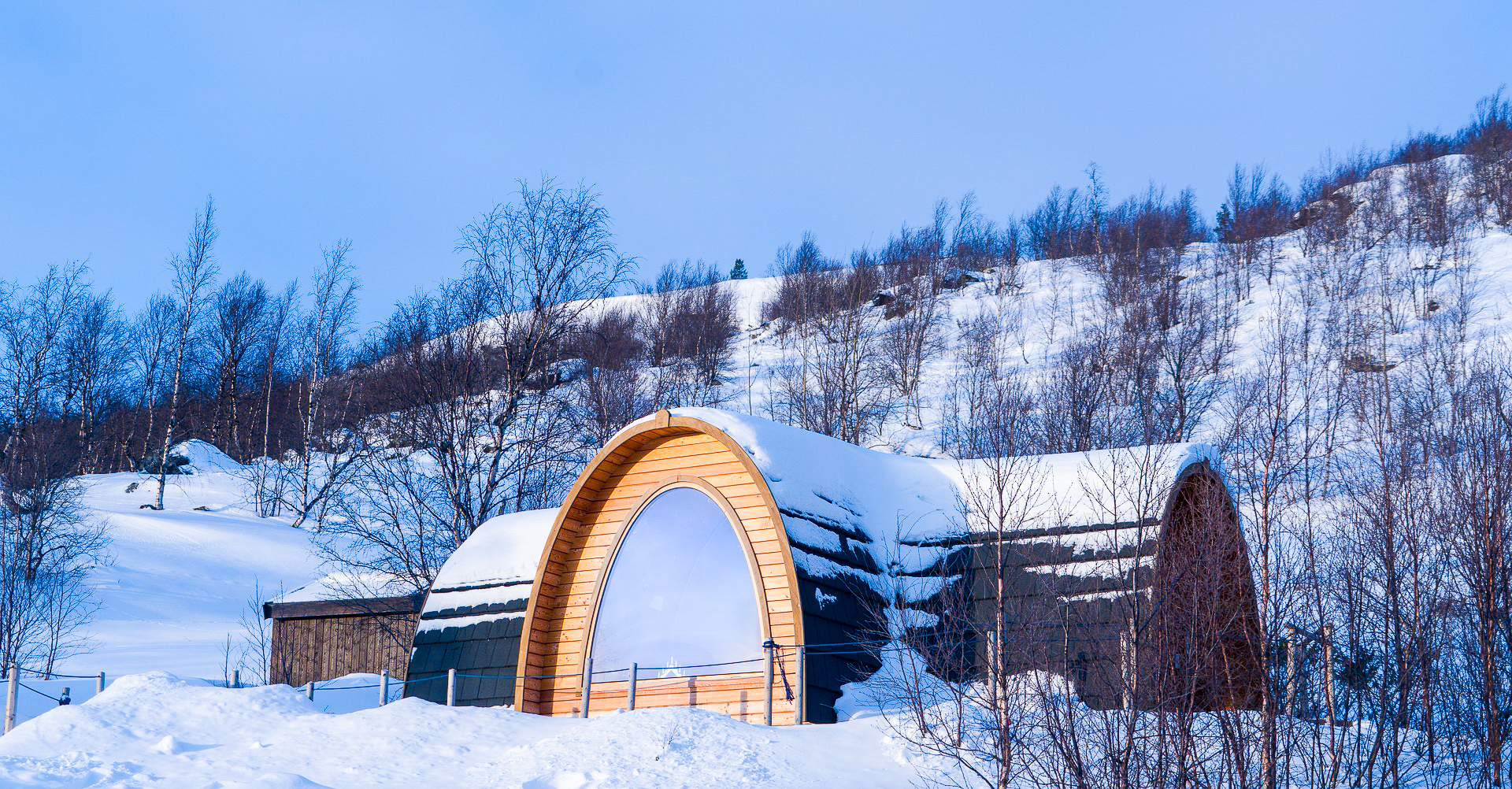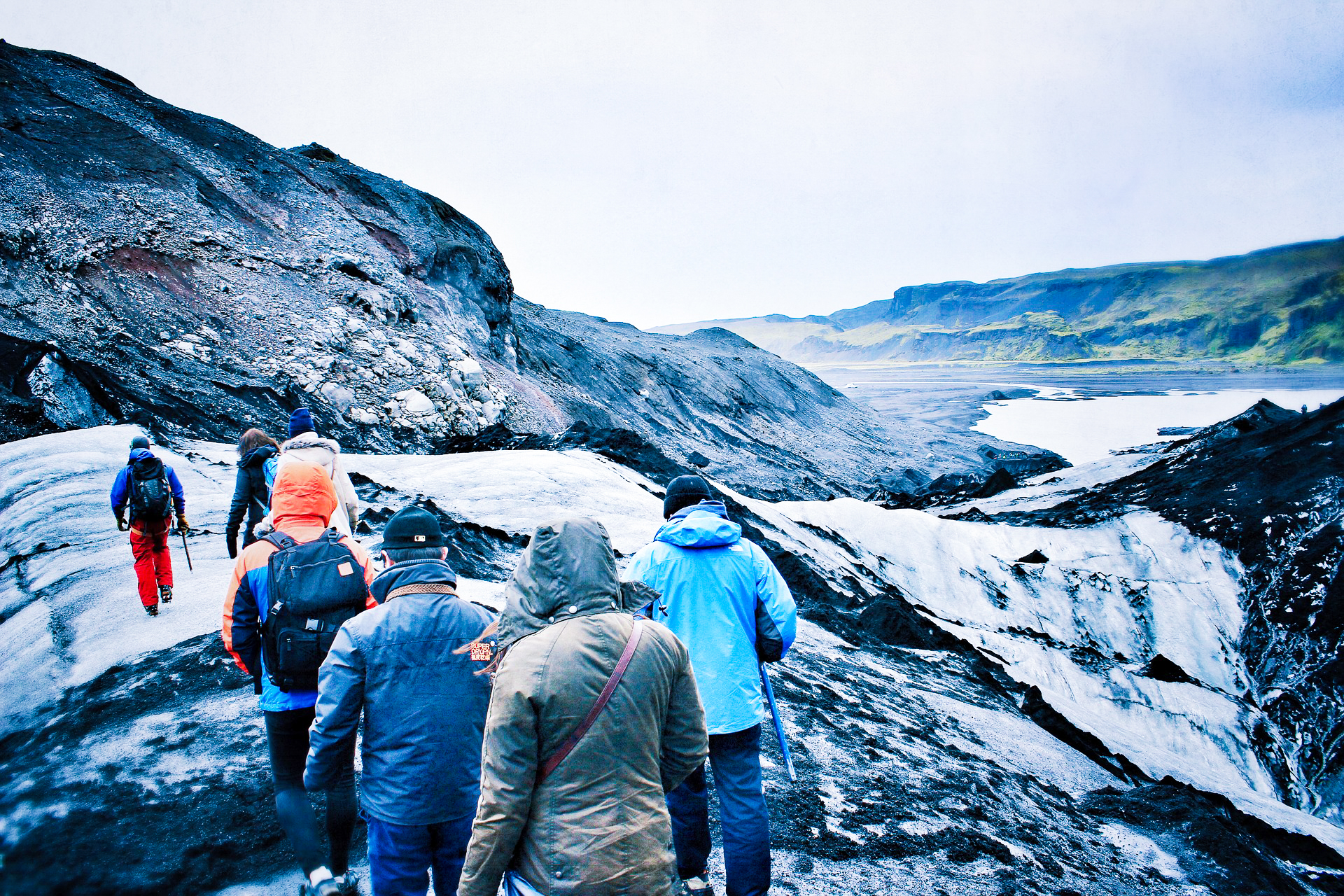Usually I’m more of a beachy kind of person; sun, sand and beautiful blue water is my second home and where I can truly relax listening to the calming ocean/sea noise. But I will always, ALWAYS make an exception for a trip to the Arctic Circle.
If you’re considering your own adventure to the icy-cold vastness up north, there’s quite a bit of preparation to do to ensure you have the best possible time when there. While I’ve only visited twice (though I’m planning on another visit in the very near future!), I’ve discovered a few important things to check off before and during your travels.

When you’re that far north, the weather can drastically change even day to day, so packing plenty of clothing is integral to staying nice and warm (and dry) when you’re there. One key ingredient in staying comfortable is layering your gear – and here’s how.
Outer layer: Waterproof is an absolute must to keep all moisture away from the middle and inner layers of your outfit. You also need something that’s breathable to help stay nice and ventilated when you’re hiking around.
Mid layer: You can actually wear a few mid layers at once on the really cold days; simply take off if you start to get a little too toasty! Choose materials including down, synthetics or wool to stay insulated and keep the warmth in.
Inner layer: Keep the moisture away from your skin and avoid cotton which can take a long time to dry, drawing heat from your body. Go for wool, silk or synthetic material instead.
Footwear: Your old pair of all-stars won’t quite cut it in the Arctic. Opt for winter boots that are both waterproof and breathable, with ample grip on the bottom. And make sure they’re well worn in before you go or your feet will hate you.

From July to August, you’ll pretty much have constant sunlight no matter what time of the day it is. Conversely, the end of October to the end of January is essentially dark the entire time.
If you’re chasing Aurora Borealis (you should be!) you’ll need to book your trip either during the early spring or autumn.

No matter where you are, you’re always going to have the best experience when you’re open to trying new things – and this holds especially true for the Arctic Circle, especially regarding food. Due to the cold, it can be quite difficult to obtain vegetables and edible plants and, as such, locals get the majority of their nutrients via meat. But not the types of meat you’re used to.
Get ready to try dishes made with Arctic reindeer (caribou), seal, whale and more… sometimes boiled, too. Some might sound a bit unappealing, but you might surprise yourself! I personally thought caribou was delicious (though didn’t much enjoy whale).

I’m a huge advocate for getting travel insurance even if you’re going for a weekend-long trip within your own country, so it’s safe to say I HIGHLY recommend getting it when you head to the Arctic. You’ll find yourself in a few very remote spots which means if something were to go wrong, without good cover you’re up the proverbial creek without a paddle in terms of how much it’ll cost you.
Get good travel insurance coverage for total peace of mind throughout your Arctic Circle adventure.